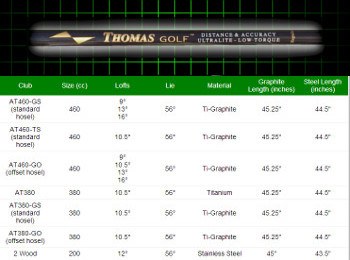
You don’t have to be all on your own when trying to determine which club shaft you are going to put into each of your clubs. It is almost certain that your local golf store or pro shop offers professional club fitting sessions for a modest cost. These fitting sessions are focused largely on recommending the right shaft for each club in the bag. By working with a fitting pro in your area, you can capture all of the data you need to pick out a perfect set.
When you go into a fitting session, it is important to keep an open mind. If you’ve already got your mind made up with regard to which shafts you want to use, there really isn’t any point in wasting the pro’s time. By having an open mind, you can learn from the data and the input from the professional. In the end, the decision will still be yours, but you will have valuable info to lean on. Feel free to ask questions along the way, and make sure to use your normal swing when hitting balls on the launch monitor. Many golfers try to ‘impress’ the machine by swinging harder than normal, but that is only going to create misleading – and relatively useless – results.
As a side benefit of the fitting process, you may gain some valuable information regarding your swing technique. It is possible that your time using the launch monitor will not only inform you as to which shaft to pick, but it could also uncover some flaws that you can work on moving forward. It is great to optimize your equipment, but nothing can help your game quite like making an improvement to your technique. Watch the data from the launch monitor carefully to see if there are any faults that you can work to remove from your game.
In general terms, it is true that graphite shafts are lighter than steel, and they are going to offer you increased swing speed. This means that nearly every golfer should use graphite in the driver, and many players will benefit from using graphite throughout most of the set. To make sure you wind up with the best possible arrangement for your game, take time to think about your needs on the course and your current level of performance. From there, make equipment decisions that are going to take you a step closer to your ultimate goals. Good luck!





